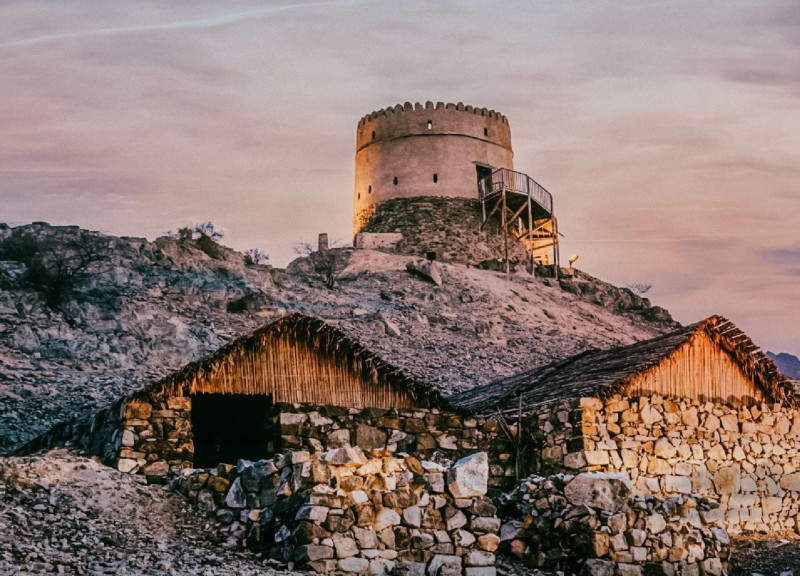5 key facts about this project
Uniquely, the design incorporates a variety of architectural elements that contribute to its functional and aesthetic depth. Large windows and open spaces facilitate natural light penetration, creating an inviting atmosphere inside the building. These features also enhance the overall energy efficiency, reducing reliance on artificial lighting during the day. The careful placement of these windows not only maximizes views of the landscape but also reinforces the project’s commitment to transparency and openness.
The façade materiality plays a crucial role in the formation of the building's identity. The project utilizes a blend of reclaimed materials and contemporary finishes that balance sustainability with sophisticated design. The use of reclaimed hardwood, for instance, resonates with environmentally conscious principles, while polished concrete and natural stone provide durability and a sense of permanence. Metal accents throughout the structure introduce a modern touch, reflecting the intersection between traditional craftsmanship and contemporary innovation. Such material choices enhance not only the building’s aesthetic appeal but also its functional endurance.
The spatial organization of the project demonstrates a deliberate intention to foster community engagement. Common areas and activity zones are thoughtfully distributed, allowing for ease of movement and interaction among occupants. Flexible spaces are designed to host a variety of functions, accommodating diverse activities that cater to different demographics. This adaptability is essential in creating a lasting impact, as it responds to the evolving needs of the community over time.
Another noteworthy design approach is the incorporation of greenery, which seamlessly integrates nature into the urban environment. The project includes terraces and green roofs that not only contribute to the aesthetic value but also promote environmental sustainability. By enhancing biodiversity and improving air quality, these landscaped areas serve as essential elements that enrich the overall experience of the space.
The architectural design is further distinguished by cultural references that pay homage to local traditions and artistry. Elements of local art are subtly woven into various features of the building, making it a true representation of its surroundings. This cultural resonance fosters a sense of pride among community members, encouraging them to engage with the space in a meaningful way.
To delve deeper into the intricacies of this architectural endeavor, interested readers are encouraged to explore the architectural plans, sections, and various designs associated with the project. These documents reveal the rationale behind many design decisions and provide greater insight into the architectural ideas that shaped this thoughtful and multifunctional space. By examining these elements, one can appreciate how the project aligns with both contemporary architectural practices and the broader social context in which it exists.


























